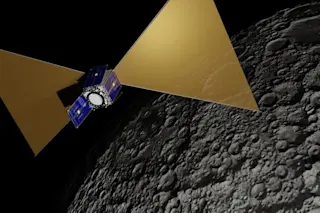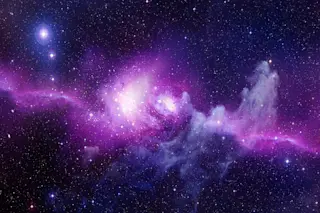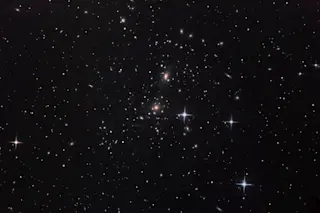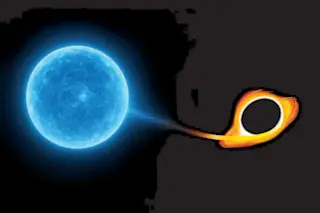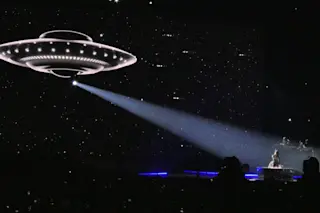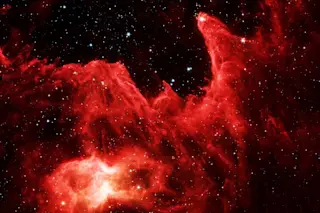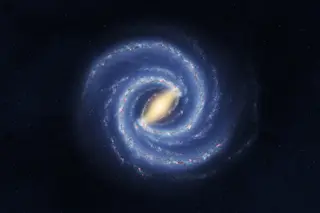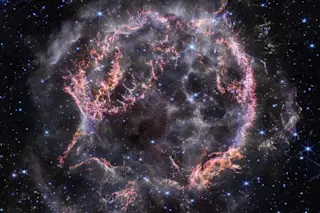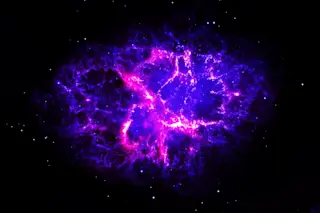Before he died, renowned cosmologist Stephen Hawking submitted a paper, with co-author Thomas Hertog, to an as-yet-unknown journal. Hawking’s last known scientific writing, the paper deals with the concept of the multiverse and a theory known as cosmic inflation. Though the paper currently exists only in pre-print form, meaning it hasn’t completed the process of peer-review, it’s received a significant amount of coverage. “Stephen Hawking’s last paper,” after all, does have a bit of a mythological ring to it.
Stephen Hawking wrote a lot of papers, though. Most dealt with the same sort of heady concepts as his last, and few received such an inordinate amount of attention. Claims that the paper make predictions for the end of universe, or could prove the multiverse exists abound. But it’s worth remembering that the things Hawking thought and wrote about are abstract, they exist largely in the realm of theory. Even more ...



